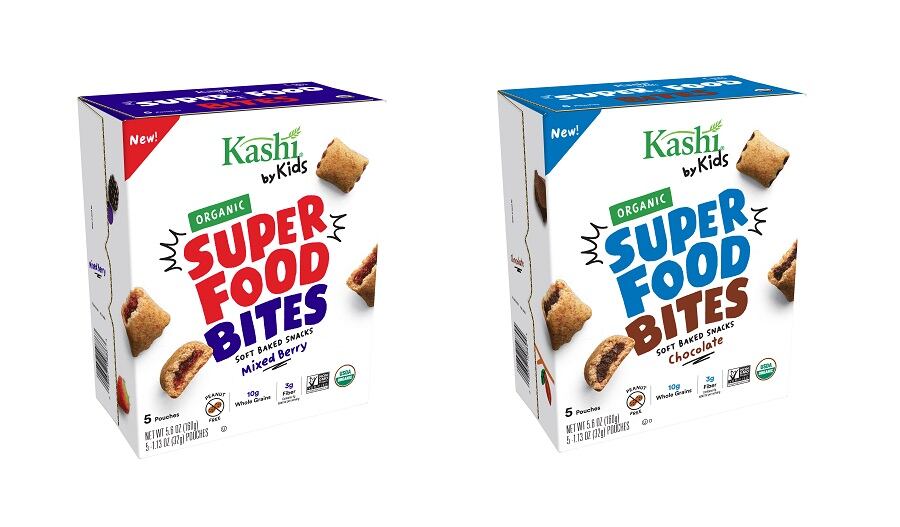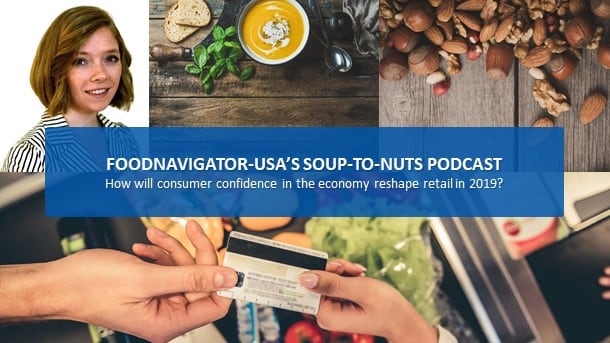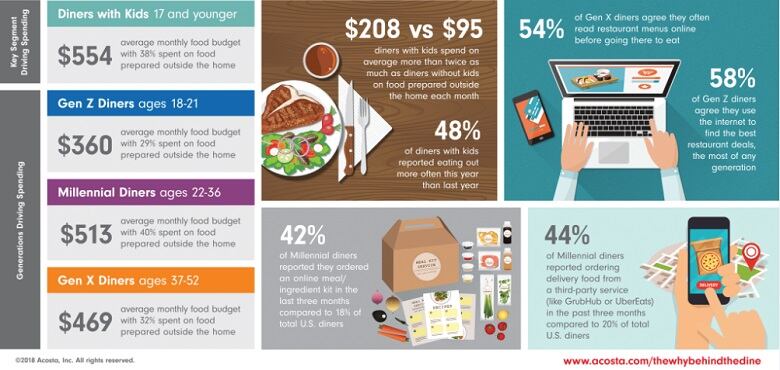Over the next four decades, the US multicultural population will see an increase of 64 million more US Hispanic individuals, +18 million African American consumers, +22 million Asian Americans, and +18 million multi-racial Americans.
“The growing multicultural population will drastically impact the grocery industry, and we have already noticed key differences between shopper groups,” said John Clevenger, senior vice president/managing director at Acosta Strategic Advisors. "Understanding these unique values and preferences is vital for manufacturers and retailers to win with this emerging consumer group."

Grocery shopping: enjoyable activity vs. necessary chore
Multicultural shoppers (referring to Hispanic, African American, and Asian American consumers in the report) tend to be more engaged with grocery shopping and enjoy the process, noted Clevenger.
Acosta found that 72% of African American shoppers, 65% of US Hispanic shoppers, and 61% of Asian American shoppers reported that they enjoy grocery shopping versus 56% of white/Caucasian (non-Hispanic) shoppers. Shopping is also more of group activity for multicultural shoppers, 72% of Asian American, 67% of US Hispanic, and 63% of African American shoppers reported grocery shopping with others regularly versus 55% of white/Caucasian (non-Hispanic) shoppers.
Brand sentiment and loyalty was also found to be higher among multicultural shoppers: 65% of African American shoppers and 59% of US Hispanic shoppers agreed that they are "passionate about their favorite grocery brands", and 49% of US Hispanic and 46% of Asian American consumers confirmed that they buy grocery brands that are authentic to their ethnic heritage.
Multicultural shoppers are also were also more likely to shop across channels for groceries including ethnic stores, dollar stores, and warehouse/club stores whereas no significant differences were seen in channel shopping for white US shoppers.
To tap into multicultural shoppers' positive feelings towards grocery shopping, Acosta recommends that manufacturers, brands, and retailers explore ways to embrace their preferences and take creative approaches such as participating in, or organizing cultural festivals and events to engage this consumer segment.
Convenient meal solutions
Multicultural shoppers tend to purchase more natural/organic products than the general population and noted a strong interest in convenient solutions to meal prep, according to Acosta's research.
"Multicultural shoppers recognize the link between food and their health and are significantly more likely to buy natural and organic foods even though they are more expensive," Clevenger said.
Within the past 30 days, 76% of US Hispanic, 69% of African American, and 70% of Asian American consumers, said that they have brought home grocery-prepared foods. In addition, 74% of US Hispanic, 65% of African American, and 76% of Asian American shoppers reported ordering from a restaurant for pick-up/carry-out within the past 30 days compared to 53% of white/Caucasian respondents.
Embracing digital
According to Acosta's consumer survey, multicultural shoppers indicated they are comfortable with digital grocery shopping platforms: 44% of US Hispanic consumers reported reading a digital flyer/circular (vs. 35% of total US shoppers), 38% of African Americans use a search engine to find recipes online, and 37% of Asian American respondents use a shopping list on their mobile device and 36% use a product coupon on their mobile phones at checkout (vs. 27% of total US shoppers).
Online grocery shopping and pick-up/delivery services are also being embraced across multicultural shopping segments. Within the past 30 days, 57% of Hispanic, 41% of African American, and 44% of Asian Americans either ordered groceries online for pick-up or delivery, compared to 29% of white/Caucasian shoppers.
"Early adoption in mobile technology is evident with multicultural shoppers. Connect with them by strengthening your overall digital presence, and consider mobile apps and social media," Acosta noted.




